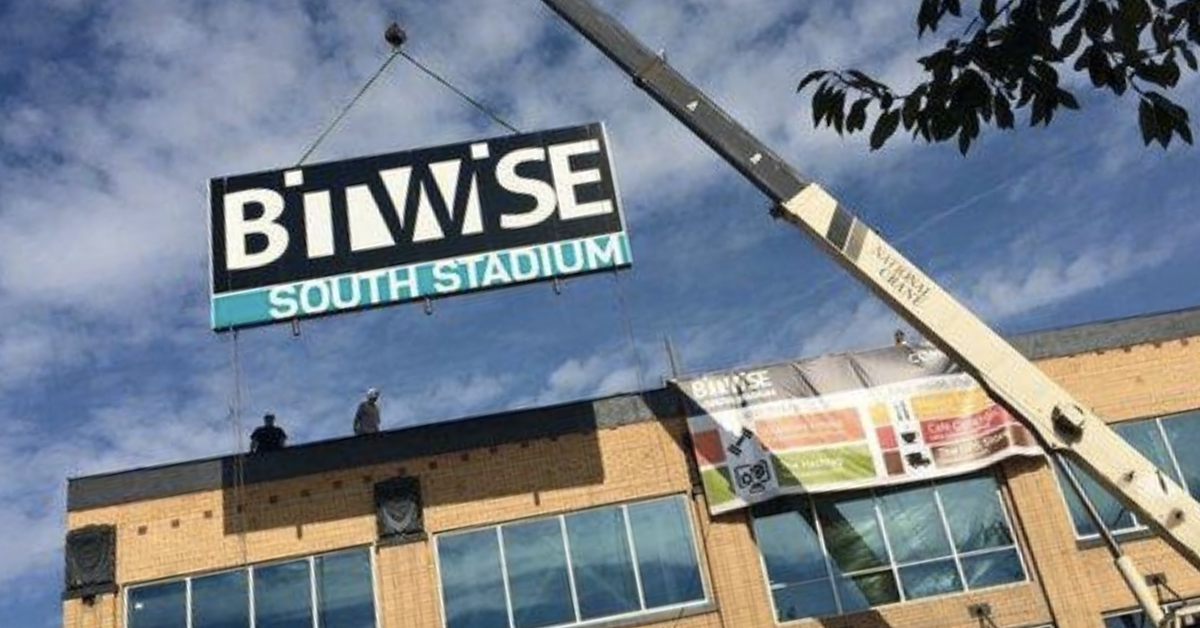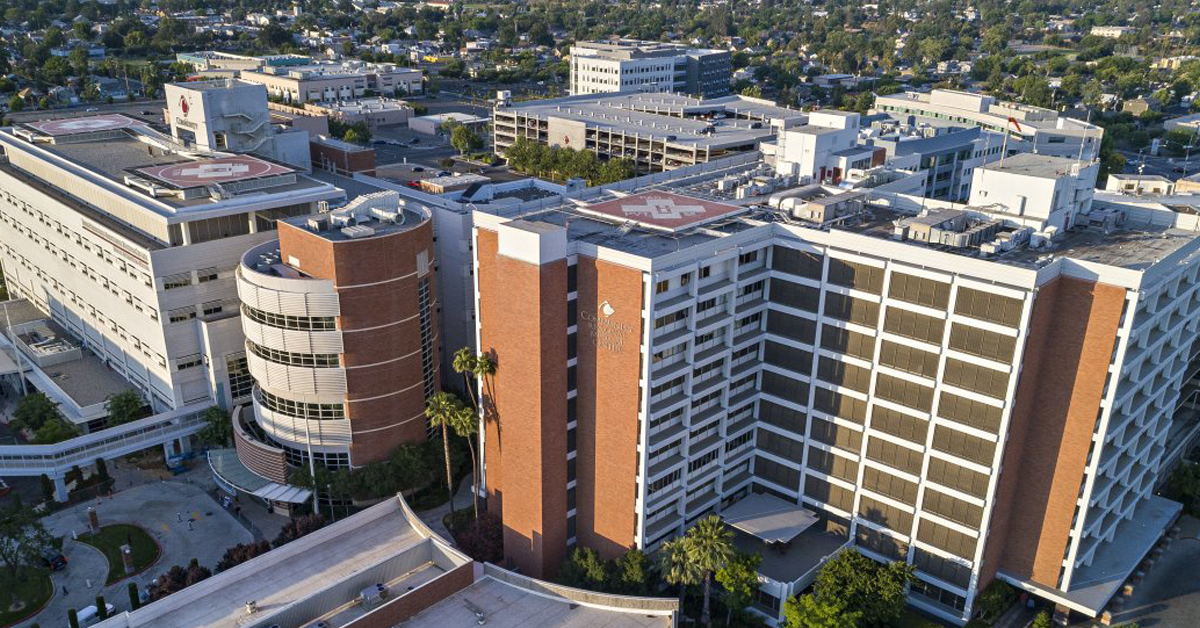Jeff Tedford will be judged a failure if he can’t make me pay through the nose for my season ticket.
Tedford, of course, is the new Fresno State football coach. And, as Bulldog loyalists such as myself know only too well, the man has a tough job ahead of him.
The Bulldogs were 1-11 in 2016. Coach Tim DeRuyter didn’t even make it to the end of the season. He was fired on Oct. 23 when the team was 1- 7. Offensive Coordinator Eric Kiesau filled in as interim head coach.
The Bulldogs’ lone victory was a lackluster 31-3 affair against visiting Sacramento State on Sept. 10. The score was 10-3 after three quarters.
I know I date myself with my terminology when I note that Fresno State is a Division I-A program (now called Football Bowl Subdivision); Sacramento State is a Division I-AA program (now called Football Championship Subdivision).
In other words, the Bulldogs this season could beat only a minor-league team – and a bad one at that. The Hornets finished 2-9.
Here’s a question, framed for the modern era of big-time college football (everything dating from Jan. 1, 1963 when USC held off the Ron Vander Kelen-led Wisconsin Badgers for a 42-37 victory in the Rose Bowl that changed the sport): Were the 2016 Fresno State Bulldogs the worst team ever?
Certainly there were major-college teams to lose every game in the season. For instance, the 1988 Kansas State Wildcats went 0-11. They were outscored 448-171
Then you look at whom the Wildcats of the Big 8 Conference played. There were losses to No. 17 Iowa (45-10), No. 9 Oklahoma (70-24), No. 5 Nebraska (48-3) and No. 12 Oklahoma State (45-27). The Wildcats ended the season with a 56-14 loss to a Colorado program that was two years away from a National Championship.
How about the 1984 Indiana Hoosiers of the Big Ten Conference? They, too, went 0-11. There were tough losses on the road to Minnesota (33-24) and Michigan State (13-6). There was a 14-6 defeat at the hands of No. 14 Michigan. Then there were back-to-back losses to No. 17 Iowa (24-20) and No. 16 Ohio State (50-7).
For an example of a one-victory team like Fresno State, let’s take a look at the 1970 Washington State Cougars of the Pac-8 Conference. Yes – the team was directed by Jim Sweeney, soon to become the greatest of Fresno State coaches.
The Cougars were outscored 460-231, and managed only a 44-16 victory over small-college foe Idaho. Dig a little deeper and you see that Sweeney’s players fought hard in back-to-back-to-back road losses to Michigan State (28-14), Oregon (28-13) and No. 14 Arizona State (37-30, the Sun Devils then being a WAC school). The Cougars came home and fell 63-16 to No. 9 Stanford. Other losses included 54-9 to No. 19 UCLA and 70-33 to a USC team that was two years away from a 12-0 record and a National Championship.
You see my point. Obvious examples of teams with records as bad or worse than the 2016 Bulldogs played in conferences full of formidable opponents. They weren’t blessed with schedules that featured a five-game stretch of Sacramento State, Toledo, Tulsa, UNLV and Nevada. They weren’t blessed with schedules that ended with home games against Hawaii and San Jose State.
The 2016 Bulldogs were.
There’s another factor to keep in mind when picking the worst modern era, big-time college football team in history. And that is the program’s strength in the years preceding the one-season disaster.
Kansas State was 6-36-2 in the four seasons immediately before 1988. Indiana was 17-27 in the four seasons before 1984. Washington State was 9-30-1 in the four seasons before 1970.
In 2012, Fresno State in DeRutyer’s first year at the helm went 9-4. In 2013, the Bulldogs improved to 11-3. The Indianas, Kansas States and Washington States of collegiate futility can’t match that.
Fresno State at its particular level of collegiate football was the real deal year in and year out. The program had grown to where it operated with industrialized competence. When a season popped up outside the mean, it was usually one of eye-popping excellence.
I’m not saying the 2016 Fresno State Bulldogs were the worst big-time college football team of the modern era. I am saying there’s a strong argument for such a claim.
How it all happened is a story still to be told. Maybe it shouldn’t be told – it’s all history now. But this is what Tedford inherits.
Which brings us back to my season ticket. I bought one in August. I sat in Section 16.
You see, Fresno State football is about more than wins and losses. It’s also about money.
Fresno State football in Fiscal Year 2015 ending June 30 (the 2014 football season) pulled in $4,359,801 in gate receipts. The football team in Fiscal Year 2016 (the 2015 football season) generated $3,396,438 in gate receipts. That’s a 22.1% drop. The Bulldogs’ record was 6-8 in 2014, 3-9 in 2015.
It’s been well documented in the media that Fresno State athletics is no longer quite so dependent for its survival on football gate receipts. Other sources of money, in particular fees from students and subsidies from the administration, have reduced the program’s reliance on ticket buyers.
But football gate receipts are an important gauge of community enthusiasm for the product. And if the fans are losing their zest for Bulldogs football, then why go to the expense and effort of sustaining a Division I-A program?
Fresno State athletic officials in their FY 2016-17 budget predicted football gate receipts of $3,789,538. They thought DeRuyter would turn things around after the disappointing 2015 season. They thought the Bulldogs would pull in nearly $400,000 more at the gate than they did in 2015.
Instead, the 2016 Bulldogs were arguably the worst team in big-time college football’s modern era. The FY 2017 financial statement obviously won’t be done until the late summer or early fall of 2017. I’m guessing Fresno State will be lucky if gate receipts for 2016’s 1-11 team come anywhere close to $3.8 million.
There are two sources of gate receipts – season tickets and single-game tickets (walkups). Fresno State officials predicted season-ticket sales in 2016 of $2,823,357 and walkup ticket sales of $966,181.
What did my 2016 season ticket look like? For starters, each of the six individual game tickets featured a photo from the Bulldogs’ glorious past. The ticket for the San Diego State game showed a cheering Coach Pat Hill being carried off the field by his players.
Each of my six individual tickets was valued at $28.83 — $173. As I recall, I paid $175 plus a $10 processing fee for my season ticket.
There are two points I wish to make that reflect on the challenge faced by Jeff Tedford.
First, I’m guessing $175 isn’t the average price of a season ticket. Section 16 gives me a great view of Bulldog Stadium’s north end zone. I’m not complaining. But Sections 7 through 15 on the stadium’s west side and Sections 28 through 34 on the east side provide better views of the action. It stands to reason that season tickets in those sections cost more than $175.
A conservative estimate would peg the average cost of a season ticket for 2016 at $200. That means Fresno State officials expected to sell 14,117 season tickets this past season: $263 x 14,117 equals $3,712,771.
What was the average price of a walkup ticket in 2016? I’m going to guess $25. It had to be in that ballpark. If the average cost was, say, $10, then I was a fool to buy a season ticket. I certainly hope Fresno State isn’t in the habit of treating its season-ticket buyers as fools.
If the average walkup ticket was $25, then Fresno State officials in 2016 expected to sell 38,647 single-game tickets: $25 x 38,647 equals $966,175. That means Fresno State expected to sell 6,441 walkup tickets for each of the six home games.
Fresno State at the start of the 2016 football season expected the average paid attendance for home games to be 20,558 – half of Bulldog Stadium’s capacity.
I know there are variables to my scenario. Fresno State students, for example, don’t pay the same price as the average Red Waver. Same goes for Red Seaters. But I think my scenario generally reflects a conservative reality.
And that reality is that Fresno State officials had extremely low expectations for the 2016 football season when it came to fan interest. It’s safe to say that the program didn’t meet even those low expectations.
Second, I didn’t buy a season ticket for several seasons before 2016. I had purchased season tickets somewhat regularly before then. As I recall, I paid $175 for at least a few of those season tickets.
Fresno State officials didn’t raise the price of my Section 16 season ticket over the span of years. I was happy this year to pay the same price. I wasn’t happy with the product on the field.
I would bet I’m not the only season-ticket holder to feel this way. I’m probably not the only season-ticket holder who’s thinking: I don’t want to pay a dime more in 2017.
Tedford has to put more paying customers in the seats of Bulldog Stadium. More importantly, he has deliver a product that gives Fresno State officials more leverage over the pricing of season and walkup tickets.
If not, then the decline of Fresno State football will continue and the pressure on the Athletic Department’s finances will intensify. There’s a limit to what students and the administration will fork over.
There’s no law that says Fresno State football has to remain at the Big Time level. As Woody Hayes said, you’re either getting better or you’re getting worse.










